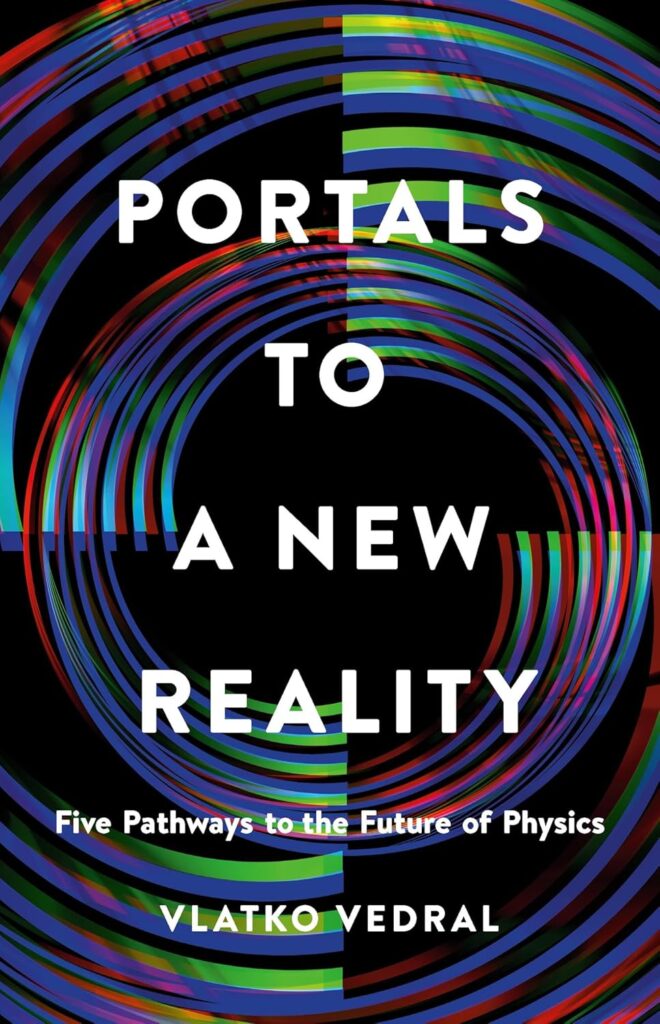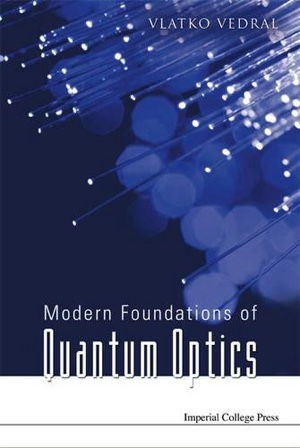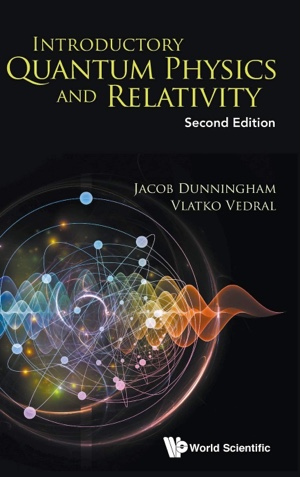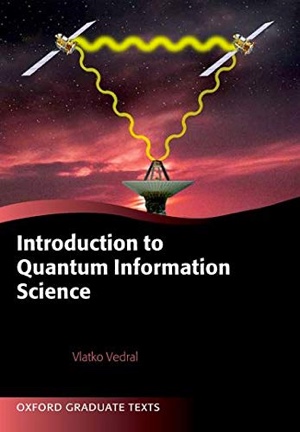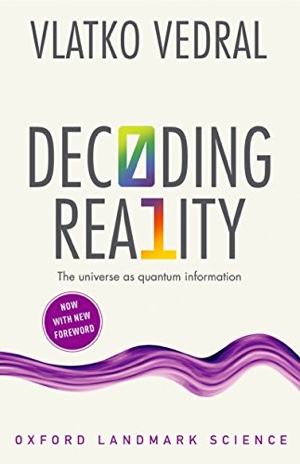Kindergarten Quantum Physics
They say Albert Einstein had his first scientific epiphany at age 4. His father showed him a compass, and the young Einstein realized that the needle’s motion is affected by an invisible force. “This is not the same force as is produced by me kicking a rock and the rock flying away”, he thought. The invisible force that moved the compass needle made a deep impression on Einstein and influenced his decision to study physics later in life. Another physicist (or, more appropriately, an engineer), Nikola Tesla, who studied electromagnetism and whose name is used as a unit of the magnetic field strength, apparently had a similar experience at roughly the same age. He saw lightning followed by thunder and thought: “When I stroke my cat, I sometimes get a little shock due to the induced electrical spark from the friction between my fingers and the cat’s fur. Could it be that, in the same way, someone strokes clouds to produce lightning?”.

Photo by Mikhail Nilov: https://www.pexels.com/photo/a-girl-holding-a-test-tube-while-writing-in-the-notebook-8923370
Granted, Einstein and Tesla were bona fide geniuses, but could we all have similar ideas and thoughts about nature when young? Common sense backed up by modern psychology would suggest “yes”. Most children are curious about the world and think hard to make sense of it all (many of us are still trying much later in life). And children love to experiment with all sorts of things. The mind is at its most receptive and flexible at a young age and it is not surprising that some basic skills and concepts are acquired precisely then.
Given that we learn best when young, how should our education be designed to maximize its effects later in life? As it happens, the most accurate description of nature comes from quantum mechanics, which is frequently considered the most difficult area of science. But I would like to argue that this is mainly because we are only introduced to it (properly) as adults. By that time, most of us have lost the adaptability and flexibility of a four-year-old. And sadly, our prejudices regarding how the world works have become hardwired into an already formed, iron-cast worldview.
The main difficulty with quantum physics is that it is devilishly counterintuitive to an adult. Why is it so counterintuitive? Because, at its core, quantum physics suggests that all objects in the universe are capable of being in many states (e.g., locations) at the same time. An electron typically exists close to the atomic nucleus and further away from it, at the same time. Likewise, every particle of light (a photon), exists, for a brief moment, on both sides of your glasses – they are simultaneously reflected and transmitted. So, why are we used to thinking that objects can either be here or there, but not simultaneously here and there? This is because the larger the object the harder it is to keep it in two or more places. And our intuition has evolved in the world of large objects in which everything is well localized.
We physicists still do not agree on the right way to interpret why there is this difference between the micro and the macro worlds. This discrepancy between large and small objects is something that is known as the measurement problem, and it is considered to be one of the biggest outstanding problems of modern physics. However, I think that there is a simple and consistent way of understanding this within quantum physics itself.
My regular readers will know that bigger things appear more classical because they are more entangled to their environments (than the smaller things). So, classicality is a consequence of the higher level of quantumness! Let me give you an example. If you set things up properly, an electron going through a double slit screen will interfere, i.e., it will go through both slits at the same time. People then frequently say that if you know which slit the electron goes through this knowledge will destroy interference. While this statement is true, it gives the false impression that “us knowing something” is key to classicality. This is why people talk about the special place for observers in quantum physics.
However, this is not so. To destroy the electron interference it is enough to entangle the path of the electron to another degree of freedom, such as its spin. So, let’s say that the electron going through one slit is prepared in the state “up” of its spin, while when going through the other slit it is prepared in the state spin-“down”. You could now express yourself poetically by saying “The spin KNOWS which slit the electron is going through”, but – clearly – this is not necessary. It is sufficient to have the spin being entangled with the path of the electron and this in itself leads to the electron not interfering. It is the fact that the two states of the spin are orthogonal to each other, in other words fully distinguishable, that prevents electron interference and causes the electron to behave classically. Needless to say, any other entanglement to anything else, will serve the same purpose.
A while back I wrote a blog on how Fresnel discovered decoherence. He did experiments with light, instead of electrons, but showed that (in this case classical wave) interferences between two light beams could be destroyed if each was polarized differently. So, if the electric field in one beam oscillates up and down while in the other it oscillates left and right, the two beams cannot produce interference.
Summarising, to make a qubit behave like a classical bit, it is sufficient to entangle it fully to another qubit (which is after that not manipulated). Together, the two qubits are quantum, but – separately – each behaves classically. This is a simple fact (originally emphasized by Schrödinger) that adults find difficult to grasp, but I think kids would have no problems with it. Therefore, let’s start doing quantum experiments with photons and atoms in kindergarten. Once four-year-olds become exposed to quantum ideas, I would be curious to see what kind of adults they would grow up to be.
My bet is this. The earlier we understand what nature is like and become acquainted with all its subtleties, the more open-minded, less biased, and dogmatic as adults we will become. As a bonus, this might make it easier to overcome other prejudices, not to mention that many of them would not get a chance to be formed in the first place. And, who knows, maybe the measurement problem would no longer represent a problem and one of these kids would finally grow up to show us how to quantize gravity.
I therefore propose to modify the school curriculum to bring in quantum physics right at the beginning. Will anyone involved in early education listen to a university professor of quantum physics? Most likely not. They never do, but please don’t get me started on this one…
Sign up to my substack
BOOKS
ASK ME ANYTHING!
If you'd like to ask me a question or discuss my research then please get in touch.
